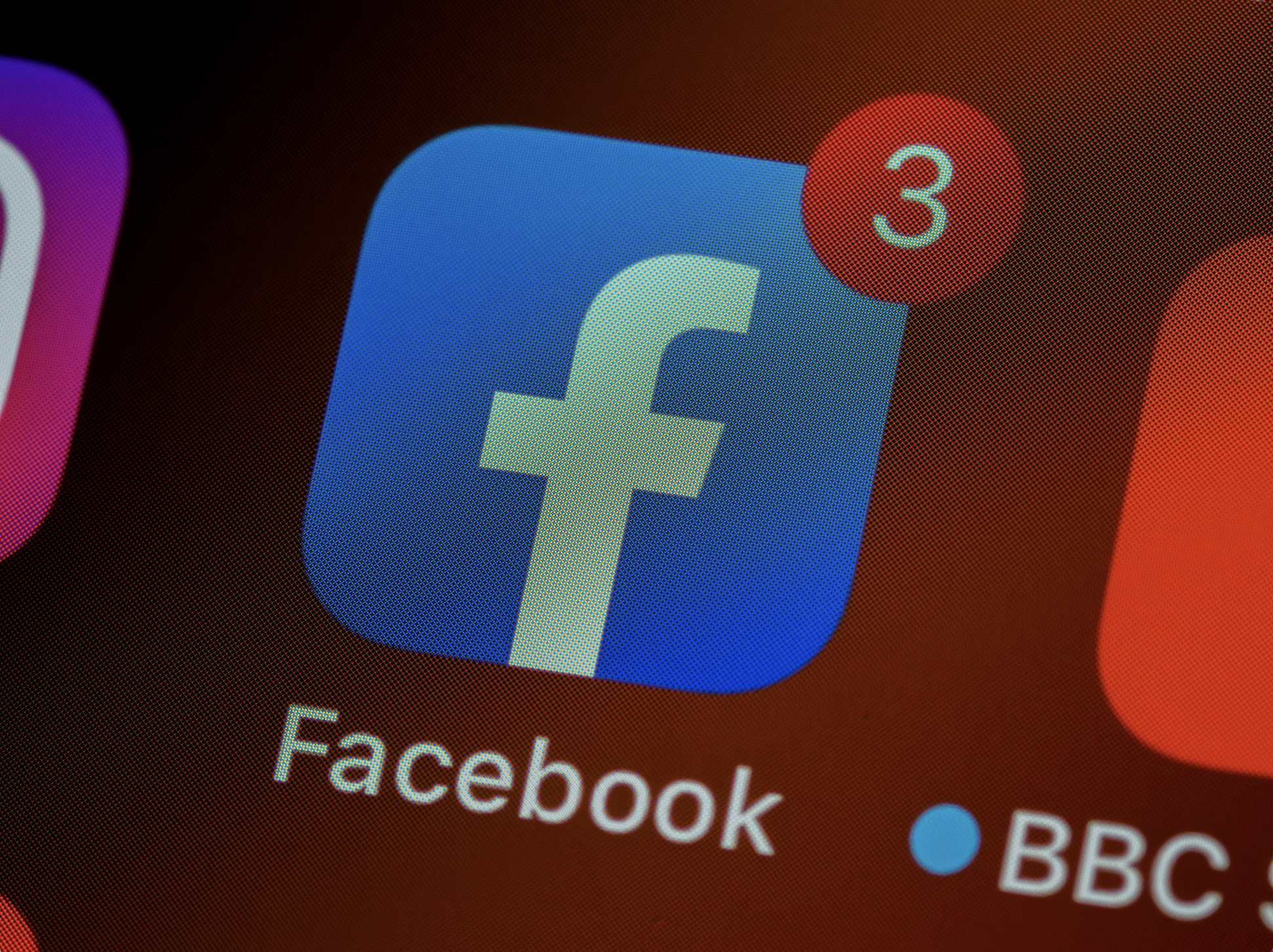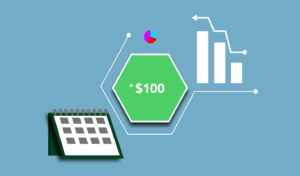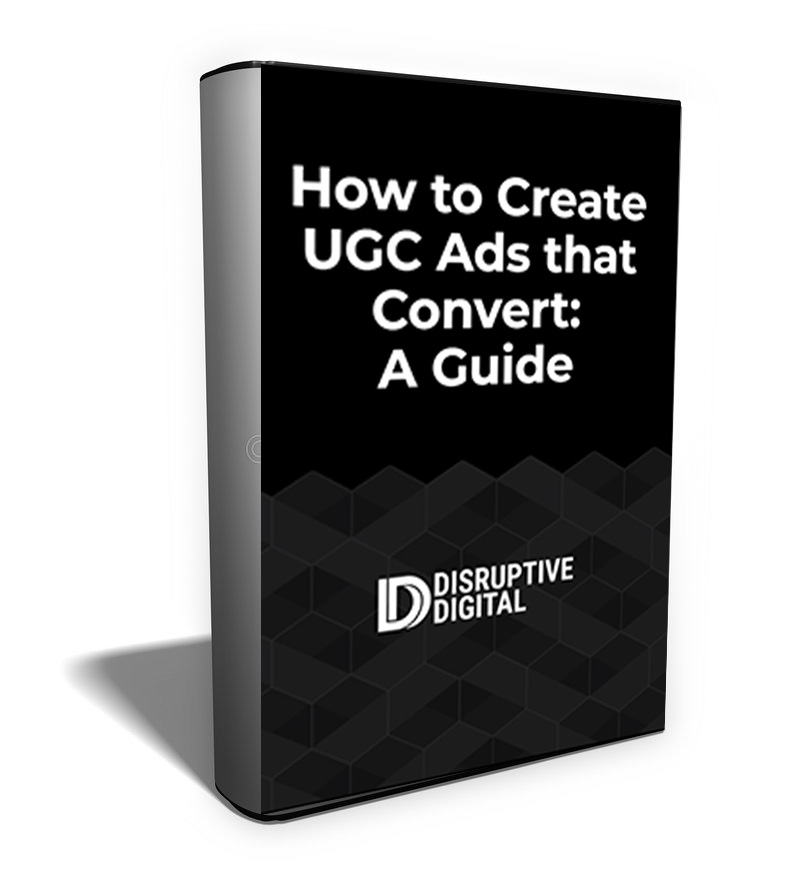As digital advertisers, the reality is that we are all at the mercy of the larger technology landscape. Apple is one of the organizations whose moves can make a big impact on the overall advertising ecosystem. They rolled out the new App Tracking Transparency prompt on April 25th, 2021, as part of the release of iOS 14.5. Facebook advertisers everywhere had questions about their future – but were ultimately relieved. The effects of iOS 14.5 felt cosmetically different but performance overall was relatively stable.
In the beginning it only looked like Facebook’s reporting shifted dramatically. For example, measurement was attributed differently: to the day of conversion instead of the day of impression. Additionally, the ability to look back at longer windows was removed as well as breakdowns for demographics like age and gender.
Even with these reporting changes, though, performance remained relatively consistent and some advertisers breathed a sigh of relief. Maybe these new changes would offer only a mild inconvenience?
iOS 14.6 is a Different Story for Advertisers
Anyone who was hoping for the same outcome following the iOS 14.6 release is likely to be disappointed. The release happened on June 3rd, 2021, and we began to notice Facebook advertising performance degrade seriously across our client accounts. Some of our clients saw their customer acquisition costs increase by as much as 50% overnight!
What made the release of iOS 14.6 so dramatically different and why did it impact Facebook this time in a way that the release of iOS 14.5 did not?
Although Apple typically releases an automatic update when they roll out a new version of iOS, that wasn’t the case for version 14.5. Instead, Apple slowly rolled out 14.5. It took Apple nearly one month for 20% of their user base to upgrade to iOS 14.5 as a result.
However, when Apple rolled out iOS 14.6, they triggered an automatic update for users. In less than a week, adoption for iOS 14.6 and it’s privacy features was logged at over 60%.
At a 20% adoption rate, Facebook auction was less impacted by these changes to how they could track users. However, when Apple flipped the switch on pushing people to iOS 14.6, Facebook tracking started to degrade immediately.
We performed an analysis for our Facebook advertising clients, in order to understand what percentage of their backend sales Facebook tracked before iOS 14.6 launched, and after iOS 14.6 launched. Here’s what we found:
– Prior to iOS 14.6, our advertisers saw Facebook’s pixel capture roughly 80% to 95% of all backend sales.
– After iOS 14.6 launched, our advertisers saw Facebook’s pixel capture only 60% to 70% of all backend sales.
In a best case scenario, that means Facebook saw a 12.5% signal loss.
In a worst case scenario, that means Facebook saw a 37% signal loss.
This signal loss stems from Facebook no longer being able to track a large portion of their iPhone users. (Any iPhone user who chooses to not be tracked by Facebook will no longer be accounted for in reporting or conversion optimization efforts).
Even though this tracking gap first occurred with iOS 14.5 users, the performance impact was far greater with iOS 14.6. Simply put: up to three times as many people are no longer trackable on iPhones. This is particularly impactful since Facebook uses these signals to help find more users that are likely to be interested in your product or service, creating more efficient campaigns over time.
Every data point matters to how Facebook optimizes your campaign, not just the ones attributed to ads.
Expect Massive Changes to Facebook’s Conversion Optimization Model
Regardless of the size of the advertiser – unlike with the initial 20% adoption of iOS 14.5 – this 60% adoption rate of iOS 14.6 for iPhone users resulted in a significant change to Facebook’s conversion optimization model.
Here’s the bottom line: with less signal, Facebook struggles to find people that are likely to convert. And the more signal lost, the more likely Facebook will struggle to drive cost efficient performance.
What does that mean for you?
If you are an advertiser who drives a higher volume of transactions – even if your reporting is 37% lower – the impacts on your efficiency will be less exaggerated than an advertiser who generates a lower volume of transactions with less signal loss.
For example, if you reported 1,000 backend transactions in one week, and Facebook now only sees 630 transactions, your Facebook reporting will look worse. Keep in mind, though, that actual performance will be less impacted because Facebook still has sufficient data to optimize efficiently.
However, if you have 60 backend transactions in a week but now Facebook only sees 48 transactions (a 20% loss), this could impact Facebook’s ability to optimize in the way that it used to. Besides underreporting, you might also be less efficient.
We suggest you measure this yourself as you continue to evaluate these new changes.
Once you pull this data in Facebook, compare the pixel purchase amounts to what your backend data says.
For example, if you pull purchase data from June 1 through June 15th on Facebook, pull the same purchase data in your backend system for the exact same dates.
Divide your Facebook data by your backend system data to understand your fire rate. For example, if you had 50 purchases in Facebook and 100 purchases in your backend, your fire rate would be 50%.
Additionally, these changes are also causing greater discrepancy between Facebook ROAS and Shopify ROAS. We compared week over week data and there has been a jump in the difference between Facebook and Shopify ROAS since iOS 14.6 launched. Prior to June 4, there was a ~30% difference between Facebook and Shopify ROAS. That has since increased to 50%.
All of this information may seem alarming at first, but we do know that these numbers are inline with Facebook’s predictions of how performance was expected to play out.
While Facebook stated they “do not expect immediate noticeable impact to iOS event reporting on the day of enforcement,” they also stated that users “may see greater impact to delivery and reporting, resulting in performance fluctuations and increased CPAs” as adoption of iOS 14.5 increased.
Not the New Normal for Facebook Advertising
As Facebook updates their auction models to adjust for this new privacy centric approach to advertising, things will start to level out.
In the interim, there are some steps you can take to adjust how you approach both media buying and measurement, including:
– Optimizing campaigns over longer time horizons. For example, we are now using a weekly testing cadence to ensure we have enough sales volume to make more informed decisions around creative iteration.
– Implementing additional measurement techniques. Along with using Facebook’s reporting, we are starting to use Shopify data and post-purchase survey data to better help inform Facebook’s influence in the buy-flow.
– Consolidating even more. With every data point being more crucial for an ad set to optimize, we’re shifted how we think about targeting and campaign build-outs. For example, we’ve shut off retargeting for clients with smaller site visitor audiences and instead let our prospecting campaigns target these site visitors instead.
– Shifting from value optimization to conversion optimization. While Facebook used to understand the value of a customer from infinity all the way down to a penny, now they only have at most 8 inputs based on value ranges instead (and many advertisers are only using 4 inputs!). Transitioning from infinite value signals to 4 value sets is a big change to an optimization lever meaning the ability to drive higher return on ad spend has been significantly diminished.
While it’s still unknown how long this volatility will last (and things might get worse before they get better), we don’t expect this to be the new normal for Facebook performance.
Already, Facebook has made updates and improvements to their conversion focused campaigns, including:
– Relaxing the 72-hour reset period for ad campaigns when an advertiser makes changes to their event configuration so that ad sets will not be paused.
– Expanding their use of conversion modeling to include it in the 7-day click default attribution setting.
– Providing additional flexibility for Website Conversion campaigns, allowing optimization beyond the top 8 prioritized events in Events Manager.
Smart advertisers make it a point to understand the entire digital landscape, including how Apple updates affect online advertising options. Savvy companies will work alongside an expert like Disruptive Digital in order to make the most of the latest changes. Need more help navigating the latest release? Get in touch to learn more about how we can help you.






